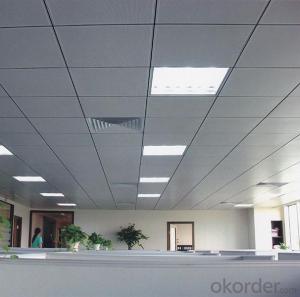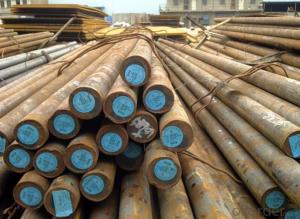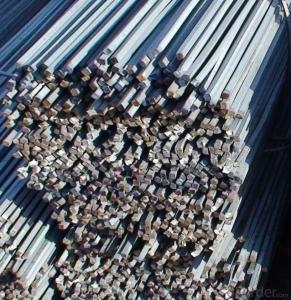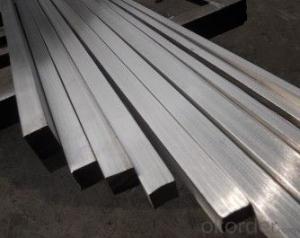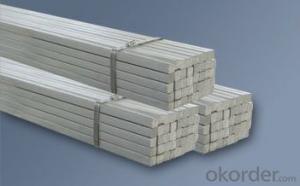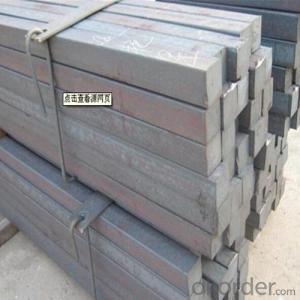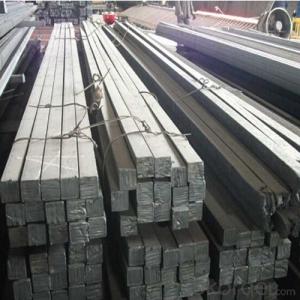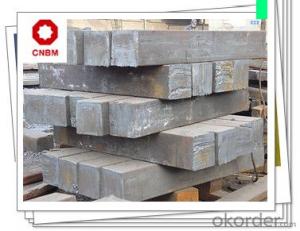Billet Aluminum Bar Stock
Billet Aluminum Bar Stock Related Searches
Led Light Bulbs For Ceiling Fixtures Led Lamps For Ceiling 42 In Ceiling Fan With Light Aluminum Coil Stock For Gutters Aluminum Foil For The Grill Hole Saw For Aluminum Plate Aluminum Tread Plate For Trailer Bow Plate For Aluminum Boat Aluminum Foil For Grow Room Aluminum Foil For Joint PainHot Searches
Stock Price For Aluminum Aluminum Coil Stock For Sale Aluminum Gutter Coil For Sale Used Aluminum Scaffolding For Sale 1/4 Aluminum Plate For Sale Aluminum Bar Stock For Sale Aluminum Round Stock For Sale Aluminum Diamond Plate For Sale Aluminum Scaffolding For Sale Craigslist 6061 Aluminum Plate For Sale Aluminum Dock Plate For Sale 7075 Aluminum Plate For Sale Aluminum Tread Plate For Sale Aluminum Checker Plate For Sale Aluminum Plate For Sale Near Me Plate Aluminum For Sale Aluminum Plate For Sale Aluminum Square Stock For Sale Aluminum Flat Stock For Sale Billet Aluminum Stock For SaleBillet Aluminum Bar Stock Supplier & Manufacturer from China
Okorder.com is a professional Billet Aluminum Bar Stock supplier & manufacturer, offers integrated one-stop services including real-time quoting and online cargo tracking. We are funded by CNBM Group, a Fortune 500 enterprise and the largest Billet Aluminum Bar Stock firm in China.Hot Products
FAQ
- A steel square typically consists of a flat steel blade and a perpendicular steel handle. It has various features, including a right-angle feature, marked at 90 degrees, which allows for precise measurements and angles. It also often includes a 45-degree feature, marked at 45 degrees, for measuring and marking accurate diagonal lines or angles. Additionally, it may have a ruler or measuring scale along the blade, enabling measurements for length, width, or depth. Some steel squares may feature an adjustable sliding blade, allowing for versatility in various woodworking or construction tasks. Overall, the different features of a steel square make it a versatile and essential tool for precise measurements and marking in various projects.
- To properly store a steel square, there are a few essential steps to follow. Firstly, make sure the square is clean and dry prior to storage. Moisture or dirt on the square can lead to corrosion over time. Next, locate a suitable storage area that is cool, dry, and away from direct sunlight or extreme temperature fluctuations. It is ideal to store the square in a tool cabinet, toolbox, or on a dedicated shelf. This will safeguard it from accidental damage and prevent misplacement. When storing a steel square, it is important to avoid contact with other metal tools or materials that can cause scratches or dents. To prevent potential damage, you can wrap the square in a clean, soft cloth or place it in a protective case or sleeve. Moreover, you may want to consider applying a thin coat of oil or rust preventive spray to the steel square prior to storage. This will create a protective barrier and help prevent oxidation and corrosion. However, be cautious not to apply excessive oil or use a type that can attract dust or dirt. Lastly, it is crucial to periodically check on the square, especially if it is not frequently used. Regular inspections will enable you to detect any signs of rust or damage early on, allowing you to address them promptly. By adhering to these guidelines, you can ensure that your steel square remains in excellent condition and ready for use whenever necessary.
- To use a steel square for marking parallel lines, first ensure that the square is positioned firmly against the edge of the material you want to mark. Then, draw a line along one edge of the square using a pencil or a marking tool. Next, without moving the square, align the edge of the square with the line you just drew and mark another line parallel to the first one. Repeat this process as needed to create multiple parallel lines.
- To determine the angle of a roundover cut using a steel square, the following steps can be followed: 1. Begin by positioning the steel square against the desired edge of the workpiece where the roundover cut will be made. Make sure that the square is perpendicular to the edge. 2. Identify the corner of the square that aligns with the edge of the workpiece. This corner will serve as the reference point for measuring the angle. 3. Place a protractor on top of the steel square, making sure that the center of the protractor aligns with the reference corner. 4. Observe the angle measurement on the protractor where the edge of the workpiece intersects it. This measurement will provide the angle of the roundover cut. 5. Once the angle has been determined, it can be transferred to the woodworking tool you are using, such as a router or table saw, in order to set the appropriate cutting angle. Remember to thoroughly check your measurements and alignment before making any cuts to ensure accuracy. Additionally, exercise caution and adhere to proper safety protocols when working with power tools.
- The common materials used to make a steel square are typically stainless steel, carbon steel, or tool steel. These materials are chosen for their strength, durability, and resistance to corrosion. Stainless steel is often preferred as it offers excellent resistance to rust and staining, making it ideal for outdoor use or in humid environments. Carbon steel is another commonly used material for steel squares due to its affordability and high tensile strength. Tool steel, which is a high-carbon alloy steel, is often used in specialized squares designed for precision measurements and heavy-duty applications. Overall, the choice of material depends on the intended use and the specific requirements of the steel square.
- Yes, there are several alternative tools to a steel square for measuring angles. One alternative tool is a protractor, which is commonly used to measure angles in geometry and construction. Protractors can be made of various materials such as plastic, metal, or wood, and they typically have a semicircular shape with numbers and markings to measure angles accurately. Another alternative is a bevel gauge or sliding T-bevel, which is a flat, adjustable tool used to measure and transfer angles. It consists of a handle and a blade that can be locked into any position, allowing for precise angle measurements. Bevel gauges are commonly used in woodworking and carpentry. Digital angle finders are also available as an alternative tool. These devices use digital technology to measure and display angles accurately. They often have a digital display screen and can measure both degrees and inclinations. Digital angle finders are popular in construction, engineering, and metalwork. Furthermore, there are specialized angle measuring tools like angle finders, angle meters, or clinometers that are designed for specific applications such as measuring roof pitch, slope gradients, or vehicle wheel alignments. These tools often have unique features and mechanisms to make angle measurement easier and more precise for specific tasks. While a steel square is a versatile tool for measuring angles, there are indeed several alternative tools available based on specific needs and preferences.
- The steel square, also known as a combination square, is a tool widely used in metalworking for various purposes. Below are some of its common applications: 1. Measurement and marking: The primary use of steel squares is to measure and mark accurate angles and dimensions on metal surfaces. With its built-in 90-degree angle, it allows for precise right-angle measurements, ensuring precise cuts and welds. 2. Layout tasks: Metalworkers heavily rely on steel squares for layout work, which involves marking reference lines, centerlines, and other dimensions on metal pieces. The square's straight edges and precise measurements make it an ideal tool for ensuring accuracy in layout tasks. 3. Squareness checking: Metal components' squareness or perpendicularity can be determined using steel squares. By placing the square against a flat surface and checking for perfect edge alignment, metalworkers can assess if adjustments need to be made to achieve squareness. 4. Machinery setup: Precise alignment is crucial for metalworking equipment like milling machines, lathes, and drill presses. Steel squares are used to ensure these machines are set up at a perfect right angle to the workpiece, guaranteeing proper positioning. 5. Flatness inspection: When working with flat metal surfaces, it is essential to ensure they are level and flat. Steel squares are employed to check the flatness of metal sheets, plates, or workbenches. By placing the square's edge against the surface and observing any gaps or deviations, metalworkers can assess flatness. 6. Angle marking: Steel squares often come with additional features such as protractors or adjustable heads, enabling the marking and measurement of various angles. This is particularly useful when working with metal components that require specific angled cuts or bends. 7. Guiding cuts and welds: Steel squares are utilized by metalworkers to guide cutting tools like saws or plasma cutters along straight lines. By aligning the square's edge with the desired cut line, precise and accurate cuts can be achieved. Similarly, the square can also guide welds, ensuring straight and even weld lines. In conclusion, the steel square is an indispensable tool in metalworking due to its accuracy, versatility, and reliability. It allows metalworkers to achieve precision in measurements, layout work, and various metal fabrication tasks, ultimately leading to high-quality end products.
- No, a steel square cannot be used for measuring the thickness of materials. A steel square, also known as a framing square or carpenter square, is primarily used for measuring and marking right angles in woodworking and construction projects. It consists of a long arm with measurements along one edge and a shorter arm perpendicular to it. While it can be used for many types of measurements, including lengths and angles, it does not provide a precise measurement of thickness. To measure the thickness of materials, other tools such as calipers, micrometers, or thickness gauges are more suitable. These tools are specifically designed to accurately measure the thickness of various materials, providing more accurate and consistent results.
